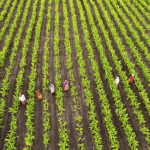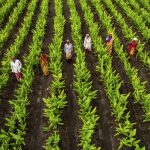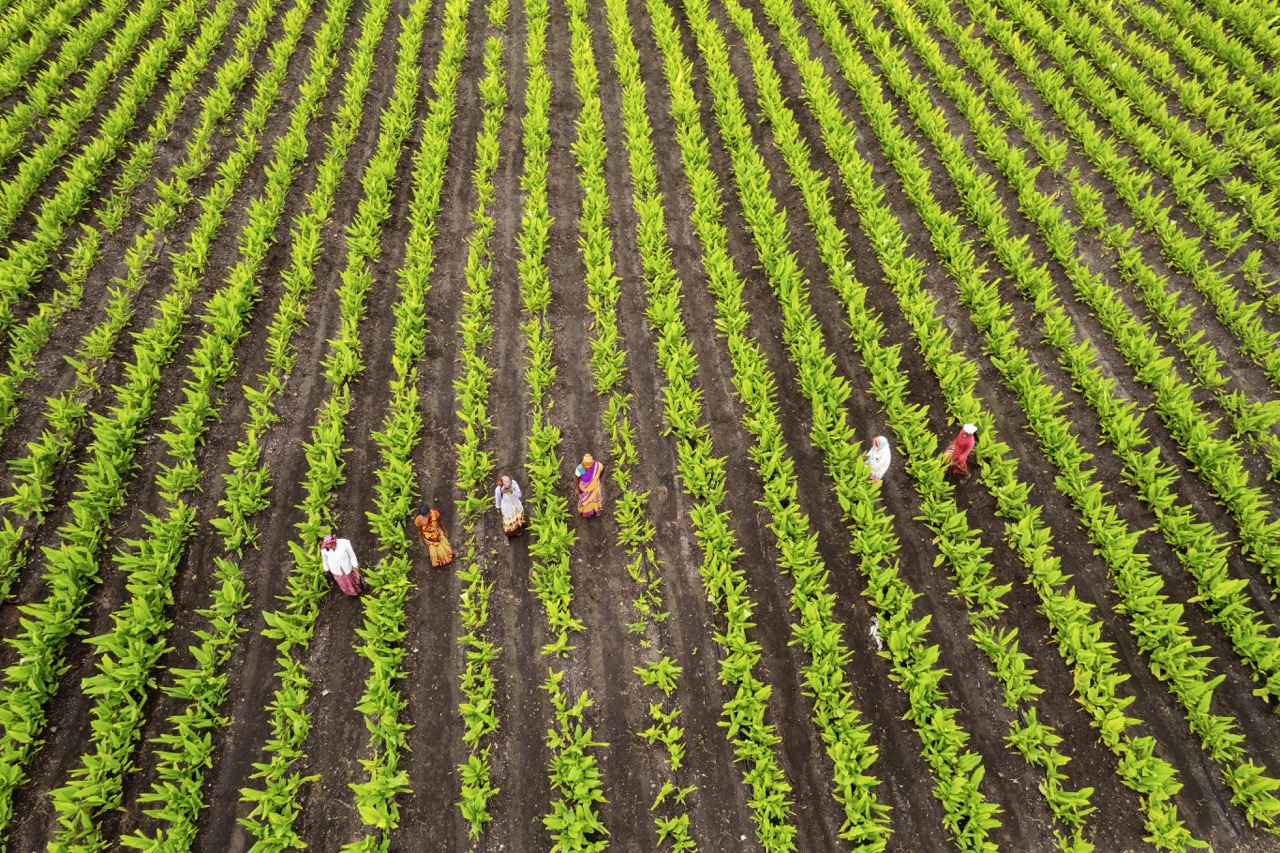As cities continue to grow and populations swell, the challenge of food security becomes increasingly pressing. Urban farming has emerged as a dynamic solution, reshaping how cities produce and distribute food. By integrating agriculture into urban landscapes, cities are not only addressing food shortages but also fostering community engagement, enhancing environmental sustainability, and harnessing technological advancements. This article explores the transformative power of urban farming through various dimensions, including sustainable solutions for food security, innovative use of urban spaces, integration of technology, and supportive policy frameworks.
Urban Farming: A Sustainable Solution for Food Security
Urban farming plays a crucial role in enhancing food security by providing fresh produce directly to city dwellers. This local approach reduces the carbon footprint associated with transporting food from rural farms to urban centers, ultimately leading to a more sustainable food system. By cultivating crops in close proximity to consumers, urban farming can significantly cut down on greenhouse gas emissions while ensuring that nutritional needs are met without relying heavily on external food sources.
Moreover, urban agriculture empowers communities by enabling them to take control of their food supply. In neighborhoods considered food deserts—areas with limited access to affordable and nutritious food—community gardens and small-scale farms can provide essential resources. These initiatives not only improve access to healthy foods but also promote social equity by prioritizing marginalized populations often left out of traditional food systems. By bringing fresh produce to urban centers, urban farming helps mitigate issues of food insecurity and related health problems.
Additionally, urban farming contributes to biodiversity within cities. Traditional farming practices often rely on monocultures, which can deplete local ecosystems. Urban agriculture encourages the cultivation of diverse crops, which can lead to healthier soil and a more resilient ecological system. As cities grapple with climate change and its effects, integrating diverse agricultural practices into urban environments can help adapt to these challenges, promote resilience, and support local ecosystems.
Transforming Urban Spaces: Green Roofs and Community Gardens
The physical landscape of urban areas is undergoing a radical transformation through the implementation of green roofs and community gardens. Green roofs, which involve planting vegetation on building rooftops, not only provide insulation and absorb rainwater but also create green spaces that enhance urban aesthetics. They serve as mini-ecosystems in densely populated areas, promoting biodiversity and reducing the heat island effect commonly found in cities.
Community gardens are another vital element of this urban transformation. These shared spaces, where residents collaborate to grow fruits, vegetables, and flowers, foster a sense of community and strengthen social ties among participants. They provide educational opportunities, teaching urban dwellers about sustainable farming practices and the importance of local food production. Furthermore, community gardens often serve as venues for workshops and events, enhancing community engagement and cohesion.
The integration of urban farming into city planning is also leading to a reimagining of vacant lots and underutilized properties. Instead of being abandoned or neglected, these spaces can be transformed into productive agricultural land that benefits neighborhoods. Cities around the world are recognizing the potential of these areas and are actively promoting urban farming initiatives as part of their urban development strategies, highlighting the importance of reclaiming urban spaces for sustainable food production.
Technology and Innovation: The Future of City Agriculture
The future of urban farming is being shaped by technological innovation, which is making it easier to grow food efficiently in confined spaces. Vertical farming systems, which utilize stacked layers of crops grown in controlled environments, maximize space and resource efficiency. These systems often employ hydroponics or aeroponics, allowing for soil-free cultivation and reducing water usage significantly compared to traditional agriculture.
In addition to vertical farming, precision agriculture technologies are being integrated into urban farming practices. Sensors, drones, and data analytics are enabling farmers to monitor and manage crops in real-time, leading to optimized yields and reduced waste. By harnessing these tools, urban farmers can make informed decisions about irrigation, nutrient application, and pest management, all of which contribute to more sustainable and productive farming practices within city limits.
Moreover, urban farming is benefiting from the growing trend of local food networks and online marketplaces, which connect consumers directly with producers. This innovation fosters transparency in the food supply chain and encourages residents to support local agriculture. As technology continues to evolve, urban farming is likely to become more efficient and accessible, paving the way for a new era of sustainable city agriculture.
Policy Changes: Supporting Urban Food Systems for All
Policy frameworks are crucial in establishing a robust foundation for urban farming initiatives. Local governments are beginning to recognize the value of urban agriculture and are implementing policies that promote food sovereignty and food justice. These measures include zoning laws that allow for farming in urban areas, as well as financial incentives for community-supported agriculture projects. By creating an enabling environment, policymakers can facilitate the growth of urban farming and ensure that these initiatives are sustainable and equitable.
Furthermore, public funding and grants are increasingly being directed toward urban farming programs, enabling communities to develop their agricultural projects. This financial support not only assists in the establishment of community gardens and urban farms but also fosters educational programs that help residents acquire the skills necessary to engage in urban agriculture. By investing in human capital, cities can empower residents to participate actively in their food systems, leading to healthier communities and improved food security.
Lastly, effective collaboration between various stakeholders—including government agencies, non-profits, and private enterprises—is essential for fostering a thriving urban farming landscape. By creating partnerships that support urban food systems, cities can leverage resources, knowledge, and expertise to create more resilient food networks. As urban farming continues to gain momentum, it is imperative that policymakers prioritize inclusive and equitable practices that ensure access to fresh food for all urban residents.
Urban farming is revolutionizing city food systems in profound ways, addressing food security, transforming urban spaces, harnessing technology, and fostering supportive policies. As cities face the challenges of growing populations and climate change, the integration of agriculture into urban planning presents solutions that are not only sustainable but also equitable. By recognizing the potential of urban farming, cities can create resilient food systems that enhance community well-being, promote environmental sustainability, and ensure that all residents have access to nutritious food. As this movement continues to evolve, it holds the promise of reshaping the future of urban living for generations to come.










